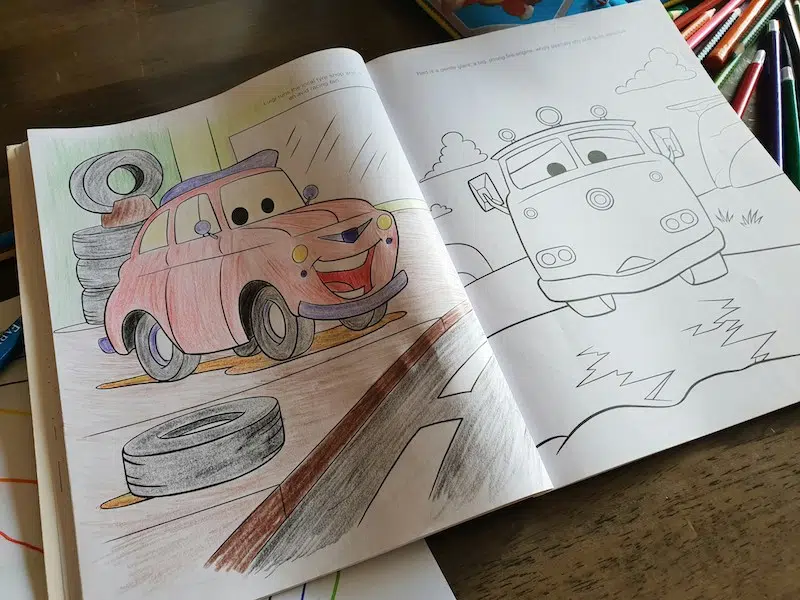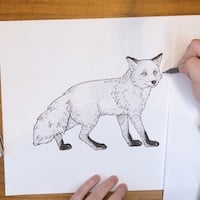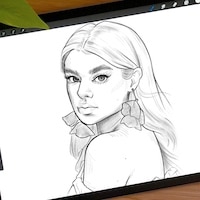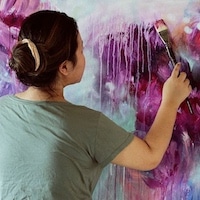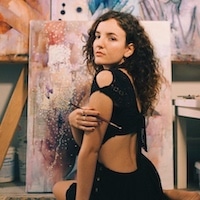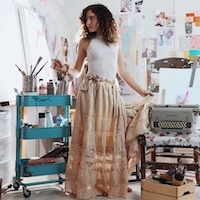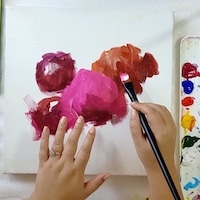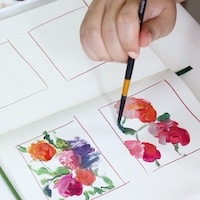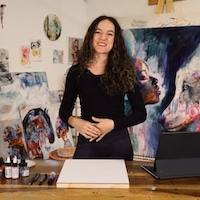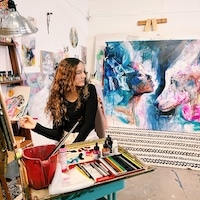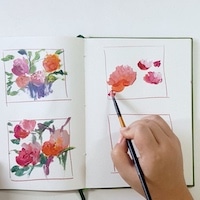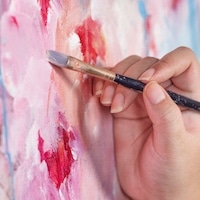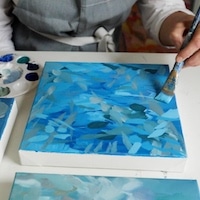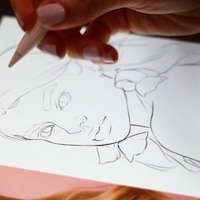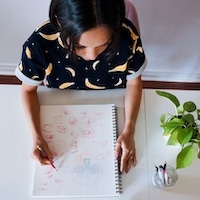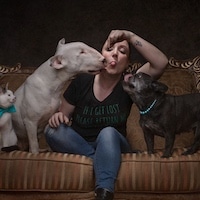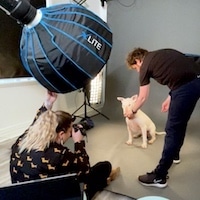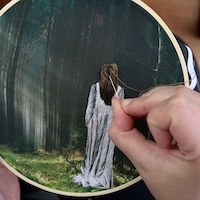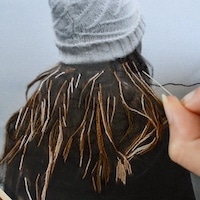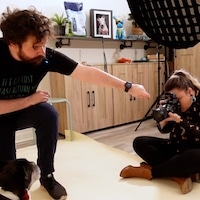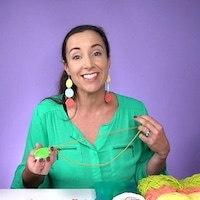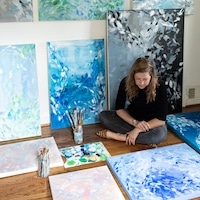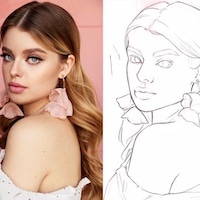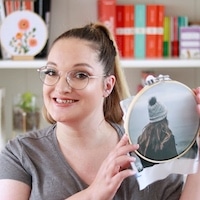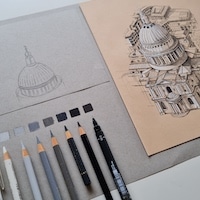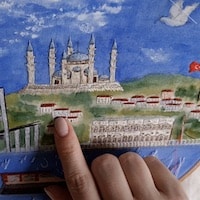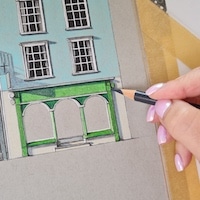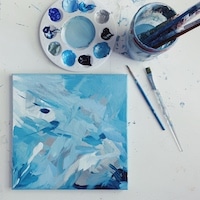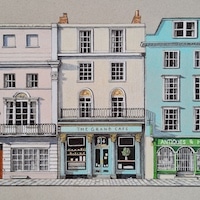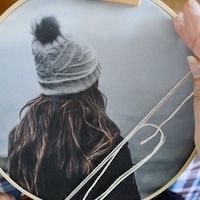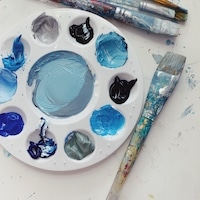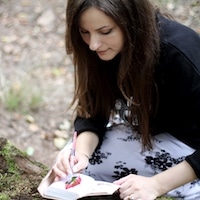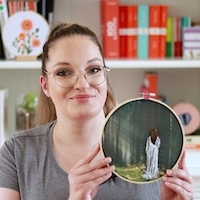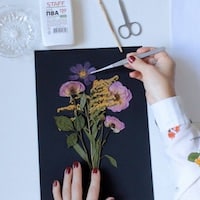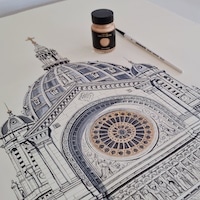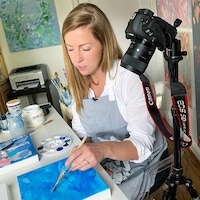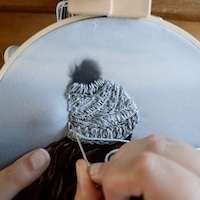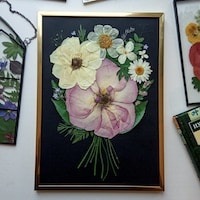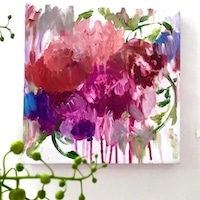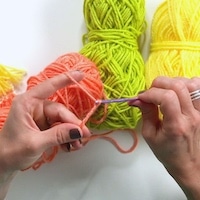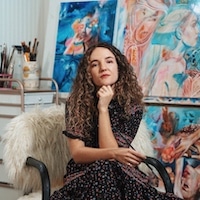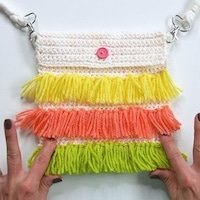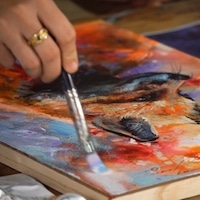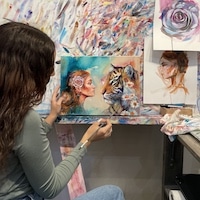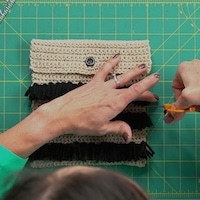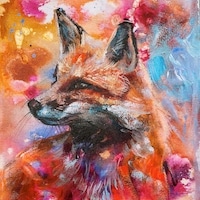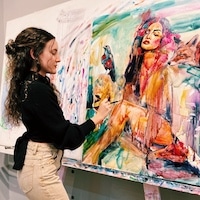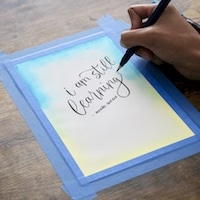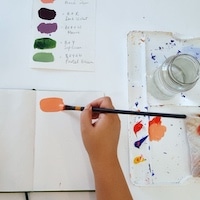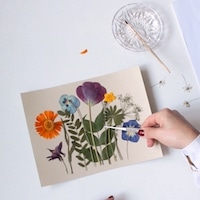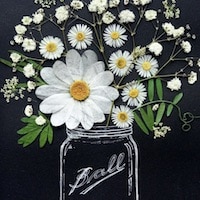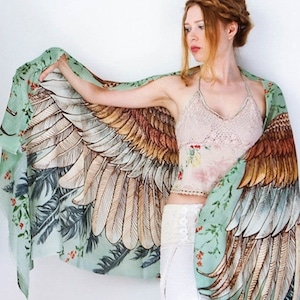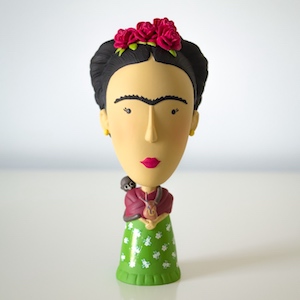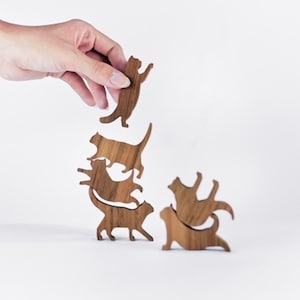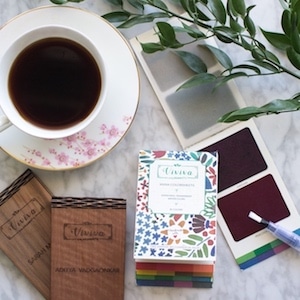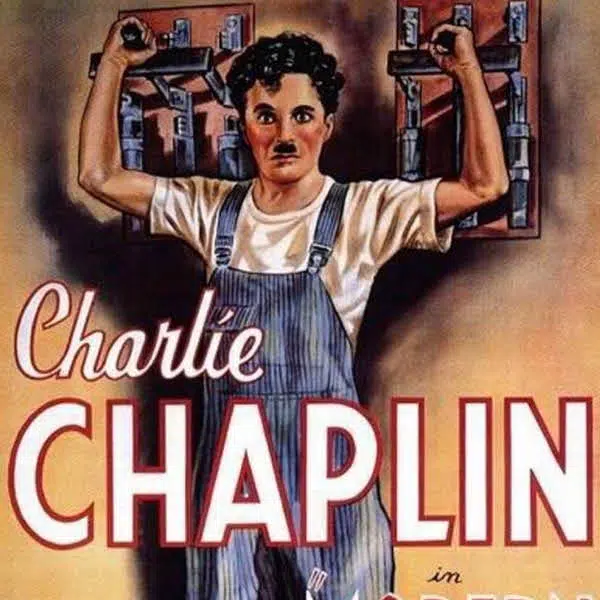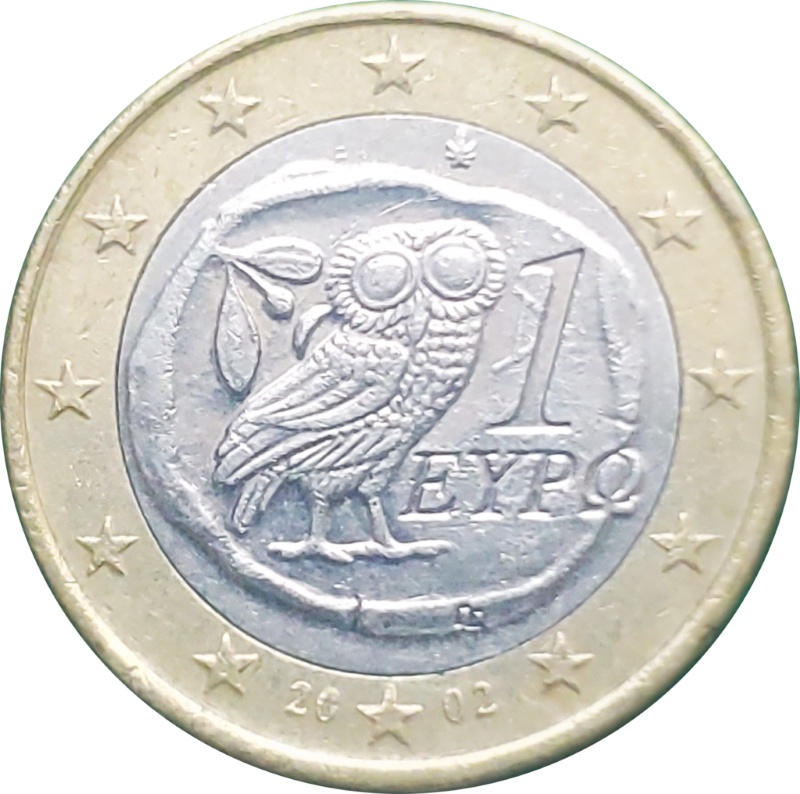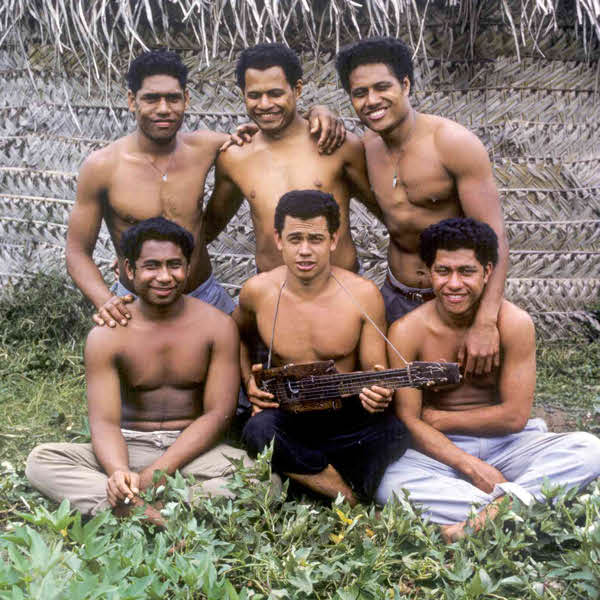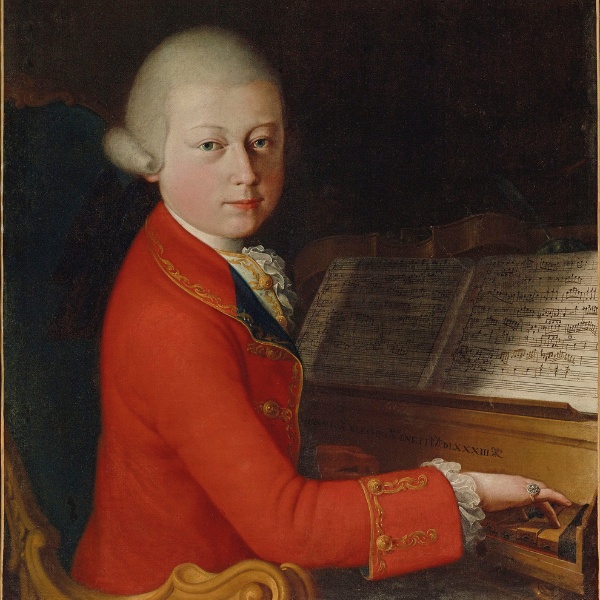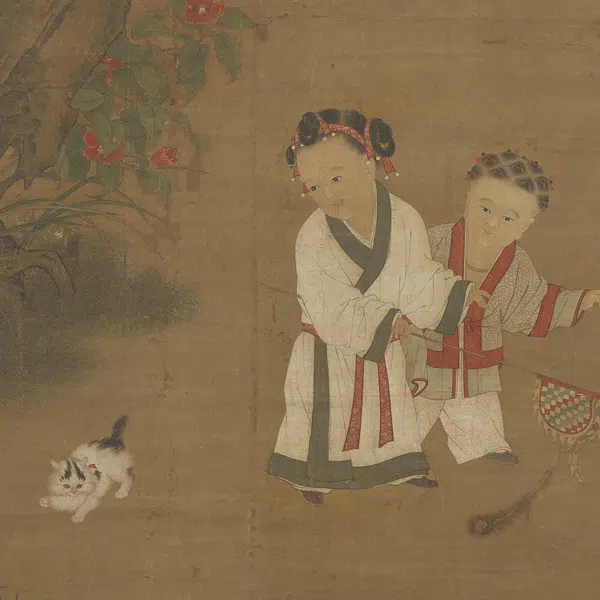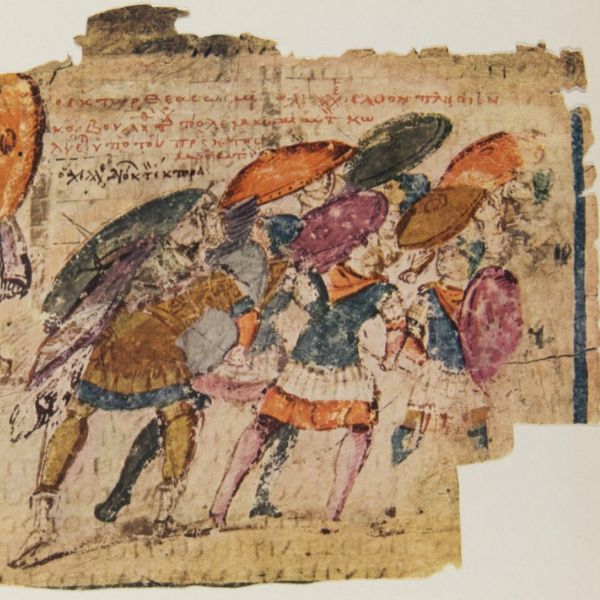In recent years, adults have gravitated toward some more youthful means of relieving stress: fidget cubes, slime, life simulator and sandbox games like Animal Crossing or Stardew Valley, and, especially during the COVID-19 pandemic, coloring books. Though typically leaning into abstract themes like math, these adult coloring books are still nostalgic reminders of our childhoods—and when we vied for the crayon box with more confidence. But what most don’t know is that coloring books were, in fact, originally designed for adults, long before they began catering to children.
In the 17th century, for instance, Michael Drayton’s 15,000-line poem, Poly-Olbion, was interspersed with illustrations of engraved maps of English counties, complete with sea creatures, nymphs, and royal figures, among other fantastical elements. These maps were rendered in black-and-white and, according to specialist mapseller Tim Bryars, hand-colored copies do exist from the time. Art historian Anne Louise Avery, who edited a reprinted edition of Poly-Olbion for Unicorn Press, echoed the sentiment, adding that it became “quite fashionable to hand-color [the book] yourself.” Even Henry Peacham’s Compleat Gentleman, from 1634, outlined the possible benefits of coloring such maps, allowing aristocrats to develop artistic skills like movement control and color selection.
“I could wish you now and then, to exercise your Pensill in washing and colouring, which at your leasure you may in one fortnight easily learne to doe: for the practise of the hand, doth speedily instruct the mind, and strongly confirme the memorie beyond any thing else,” Peacham argued.
By the 18th century, these volumes became even more explicit in their missions, actively encouraging their readers to hand-color the illustrations found within them. One such book was Robert Sayer’s The Florist from 1760, containing 60 engraved flower illustrations alongside detailed descriptions of how to mix colors and paint with accuracy. Notably, Sayer specifically aimed the book for the “use & amusement of Gentlemen and Ladies Delighting in that Art,” showcasing how coloring was an exercise geared toward cultivating an aristocratic sensibility and mind. Sayer’s The Compleat Coloring-Book is similar to The Florist, but encompassed a greater variety of subject matter, including engravings of faces, animals, birds, and landscapes.
That coloring in these books was considered an elite activity can mostly be attributed to their value. Creating and printing these editions was expensive and time-consuming, as was maintaining a substantial library of art supplies. It was only once the lithograph was widely adopted in the 19th century that coloring books became more accessible, seeing an increase in titles geared toward a younger generation.
Often considered the first coloring book for children, the Little Folks’ Painting Book was first released in 1879, featuring line illustrations by Kate Greenaway and published by the McLoughlin Brothers. The book spanned playful drawings of everything from mushrooms and princesses to farmhouses and walking tea kettles, pairing each composition with nursery rhymes, parables, and other whimsical stories. The McLoughlin Brothers published several Little Folks’ coloring books, popularizing the genre for a broader audience even if they weren’t necessarily the first to begin printing them. Now, of course, coloring books have once again returned to their roots, appealing not only to kids but to adults.
For those curious about Little Folks, and about comparing it with the coloring books of today, the volume can be viewed and downloaded via the Internet Archive.
The history of the coloring book is more unexpected than people may think—it was first reserved for aristocrats, only later coming to kids.
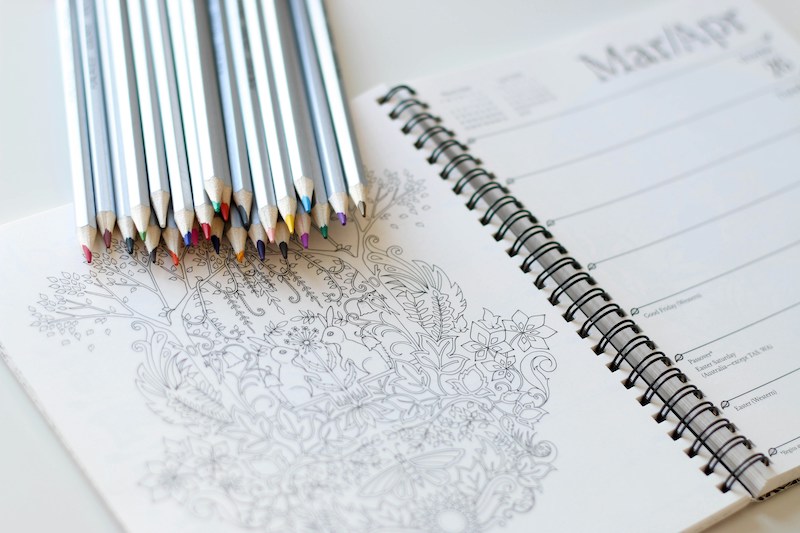
Photo: Kelly Brito via Unsplash
Many consider the Little Folks’ Painting Book as the first coloring book dedicated to kids, featuring illustrations by Kate Greenaway and published by the McLoughlin brothers.
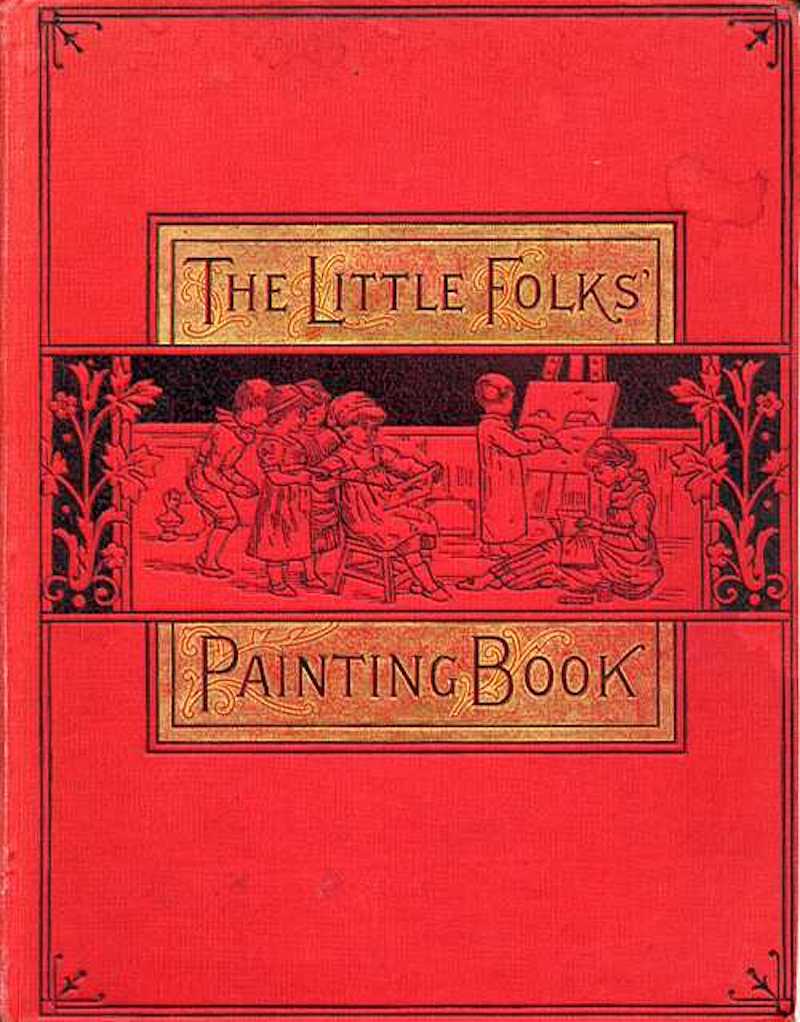
Cover of the “Little Folks’ Painting Book,” from 1879, with illustrations by Kate Greenaway. The book is often considered to be the first true coloring book. (Photo: Bib Bild, Public domain)
The Little Folks’ Painting Book popularized the genre to a wider audience, pairing playful illustrations with nursery rhymes and stories.
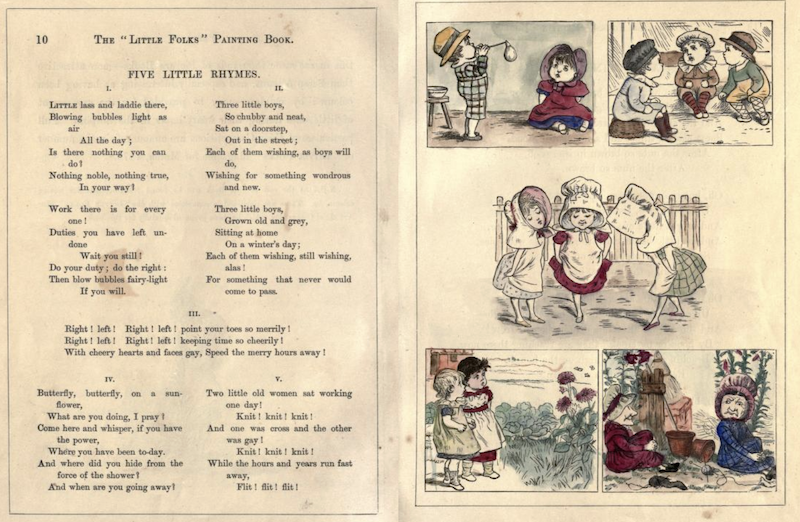
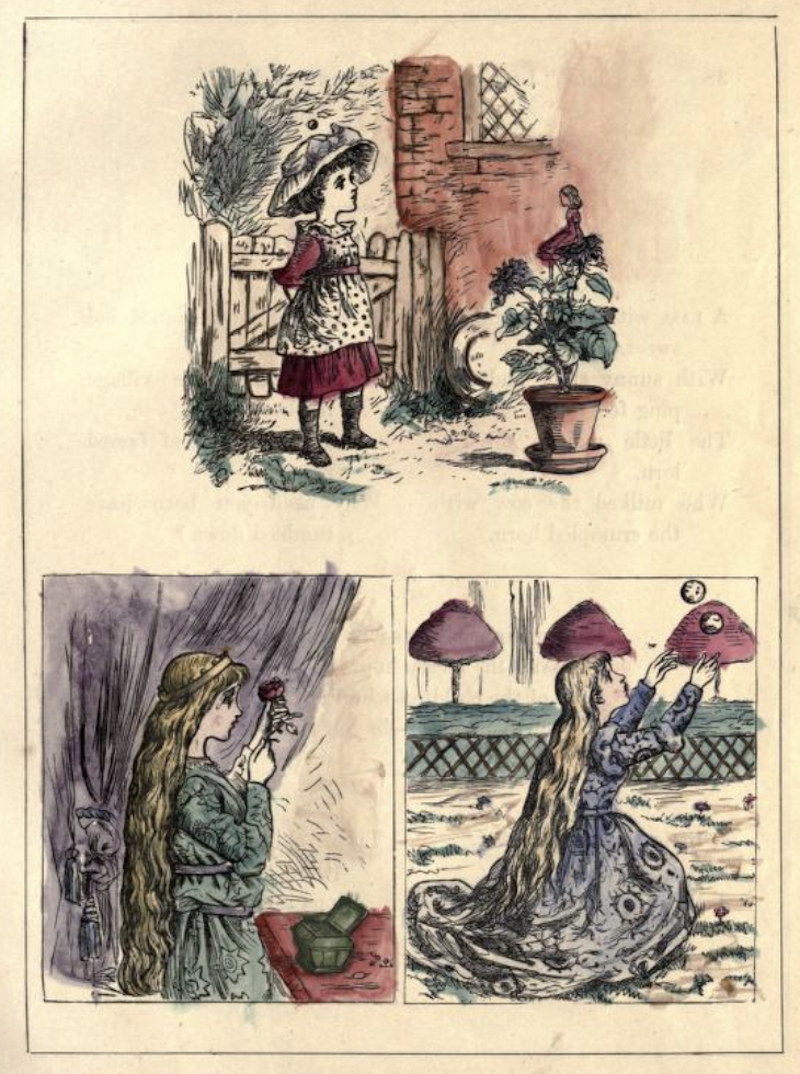
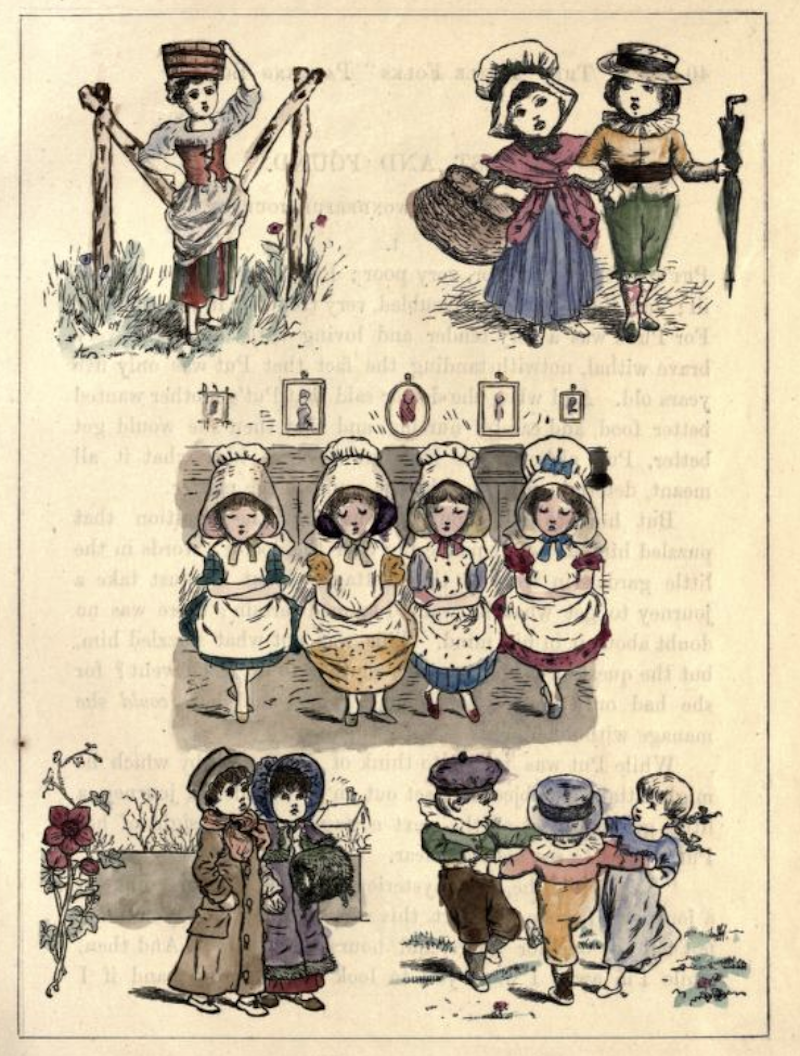
Sources: 17th-century adult colouring-in book ready for modern hues; The Surprising Function of the First Coloring Books; The “Little folks” painting book: a series of outline engravings for water-colour painting; The Dark, Forgotten History of Coloring Books; The Very First Coloring Book, The Little Folks’ Painting Book (Circa 1879); Forgotten, rare coloring book, 257 years old, found in Missouri Botanical Garden’s library
Related Articles:
Colorful Board Books Introduce Children to Key Art Concepts Through Renowned Artists
Learn About Richard Scarry, the Children’s Book Author Who Illustrated Animals Like People
Read 7,000 Historic Children’s Books for Free in This Online Archive
